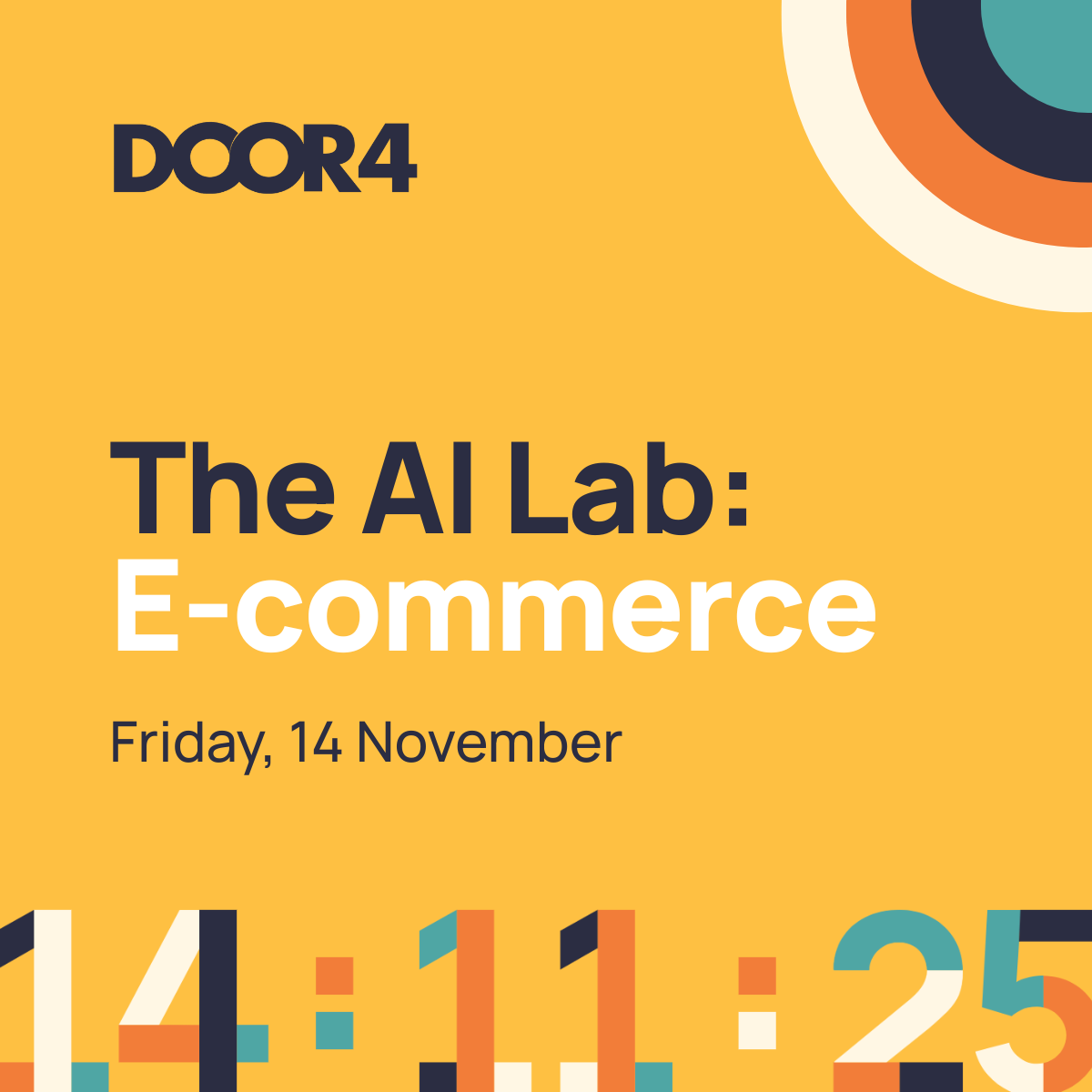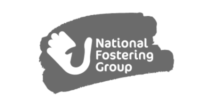SKIL, a well-established brand in the premium power tools space, was seeing diminishing returns from its paid social activity. The issue wasn’t spend — it was relevance. Overly polished, TV-style creatives had started to underperform across Meta placements, leading to a rise in both cost per click (CPC) and cost per acquisition (CPA). At the same time, increasing production costs meant that refreshing the creative suite wasn’t just a performance imperative — it was becoming commercially urgent.
To counter this, SKIL needed a new direction for its ad creative, one that could reduce costs, maintain brand integrity, and drive better performance through increased engagement. The brand was open to innovation and keen to explore how content trends on platforms like TikTok could inform a more natural, authentic paid strategy.









